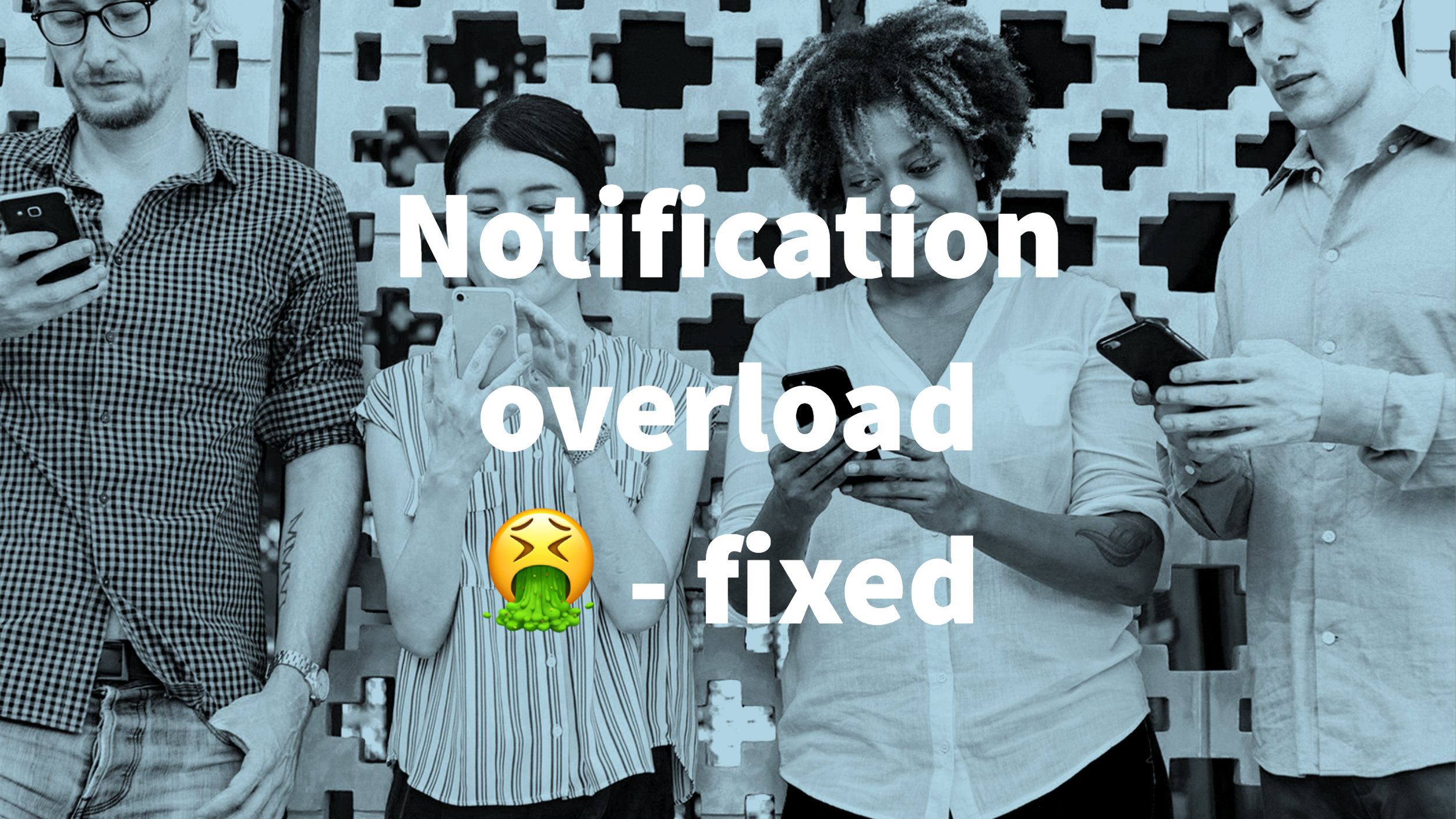The slowest snail of the world. #gardening #design - Photo

Program design for a big conference in Vancouver

Designers think and design for the future, and learn from the past
Seth Godin has written a long and thoughtful peace about the current and future evolution of the internet, mobile computing and the internet of things. It's an important read also for designers, who see their challenges in the problem they are solving right now, or the client they are working for (at least it looks like it). I think it's important because designers in their core have always worked with "data" and brought this data into a meaningful form. Data is according to Seth the key of a future proof and sustainable technological future and we as designers are the ones that can help make sense out of this data.
http://www.xconomy.com/san-francisco/2012/04/06/apple-cloud/?single_page=true
#internetofthings #data #inspiration
Embedded Link
Apple and the Cloud: A Cautionary Tale | Xconomy The consumer's electronic world as we know it today is shared between Apple, Google, Facebook, Twitter, and a handful of other popular brands. Most offerings
Google+: View post on Google+
The words don't fit the #design as well. I love typographical art.

Wall #design - Birds on wall

5 ways to use the SMS Group Service SendHub.com
I've discovered today an awesome service - SendHub.comThis service allows you to create a sort of SMS newsletter service. You create a group and can send messages to this group via mobile text. The best thing is, that people can join this list by texting - just like the big shot text services you see on TV.
This functionality has never been exposed on a self service way and makes it easy for small businesses and organizations to reach their customers/audiences with a tool accessible to everyone.
But also consumers can use it in their private life ... how many times where you feed up because you couldn't setup a group on your mobile phone.
Here are 5 uses that I thought of just now
1. A health organization can offer a daily motivational text 2. A Hockey Club can send updates to it's players about training times 3. Friends can use it to schedule meet ups - Yes, they can send a text back 4. A shop can text special offers to this "vip" group and also wishes for the holidays 5. A business can ask questions and mini surveys
Beyond this use cases SendHub.com has a nice API that seems pretty easy to use - Looking forward to see the first integrations ... Maybe ifttt.com might want to do something here.
Have you any other ideas how to use this service? #sms #campaign #inspiration #selfservice #mobile
Embedded Link
SendHub. SMS for Organizations. Send Texts to Individuals and Groups for free. SMS for Organizations. Watch a Video. Easy Communication. Send and receive text messages from individuals and groups with no hassle. Free. Simply Text to Join. Your contacts can text to join your grou...
Google+: View post on Google+
The Version History of a website
How great is that - tracking the changes made to a website not a sense of content, but in functionality. Since websites are not longer just containers of content it makes perfect sense. Is it interesting to the visitor? Sure, here are a couple of reasons:
Feature Discovery Just like you are interested what are the latest features your favorite app has, website visitors are interested what they can do on your website. Especially if you have a lot of functionality that is not immediately visible.
Help Documentation While you add more and more functionality a website might need help documentation - it becomes in the end more and more an application. The Version History keeps a log of what features might need to be added to the help section or which description might be out of date.
Showing that you listen to users By having a version history you can show that you listen to suggestions of your users. Not all new features might be inspired by visitors to your site, but many will be and giving credit is a transparent way of showing your commitment.
Reduces feature redundancy It also gives you a place where you can look up if a similar feature might be already in place. If you are part of a big website with multiple developers and units the chances are high that you don't know all the functionality of the whole website - and you might want to add something which is already there. Even if the site is small you might take over from another developer/designer you might want to know why the site works the way it does. The version history shows you when and where new things got added and might give a hint why the CSS file is messed up the way it is.
It doesn't have to be public You can also make the version history just for yourself - as a reference when you introduced a feature. This can than later be used for measuring how effectively that introduction has been - have you met the goals you have set for the new feature (you have set goals right?).
These are just a few of the benefits I can see for the version history on a website, what are yours?
#website #ux #idea
Reshared post from +The Verge
We've got a Version History!
Embedded Link
Google+: View post on Google+
DesignPodcast of the week
No time for reading about Design? Want to get an insight what designers/developers/artists think about their work directly from their voice? Why not listen to some design podcasts. I often feel that written interviews are edited versions of the voice of designers - interpretations of the designers thought by writers and editors. In podcast interviews I can not only hear the voice but also get an idea about the character and the importance of a subject to a designer - it's a real conversation after all. I will share weekly a podcast who inspires me to do better work and/or think differently about my work.
First off a very popular one - Design Matters with Debbie Millman Design Matters with Debbie Millman is a thought-provoking internet podcast, which profiles industry-leading graphic designers, change agents, artists, writers and educators.
Although very popular I just found out about this great interview series - take you time to listen also to the archive. Here are the links - Enjoy: - http://observermedia.designobserver.com/show_designmatters.html - http://observermedia.designobserver.com/show_designmattersarchive.html - Podcast Subscription URL: http://designobserver.com/show.designmatters2009-10.xml
#podcast #design #interview #inspiration #education
Embedded Link
Design Matters Archive: Observer Media: Design Observer
09.23.11. Jessica Hische In this podcast interview with Debbie Millman, Jessica Hische discusses her attachment to the internet, the differences between being a letterer and a type designer and workin...
Google+: View post on Google+
Using Podcasts to learn while working
I use podcasts to learn while I work. I listen to design talks, keynotes, interviews and news from science, culture and some entertainment. Especially during the tasks every designer can do without thinking (photo retouching, filling in content, corrections) are the ideal activities to up your game by staying in touch with the latest developments. Even though graphic and web design are visual media, the most important part in my opinion about design is not visual - the mindset and the different approaches behind design solutions. In the old days it was really difficult to get the inside view of designers because not many had the opportunity to publish books or discuss their point of view in a magazine. Design Blogs fill this space a little bit but mostly podcasts can give you the opportunity to hear what designers think in their own words.
For a selection of interesting Podcasts about design subscribe my Huffduffer Channel - available as RSS or Subscribe in iTunes
To give you a further starting point for the design podcasts I listen I publish here my Subscription list from Google Reader (if you want you can even subscribe to it) - this list will update itself automatically.
Photo by Melvin Gaal (Mindsharing.eu)
Chi 2011 Computer Human Interaction Congress in Vancouver
How to make a chart with 3d effects in Illustrator fast
Doing charts is a almost a daily business for any graphic designer. Most of them don't need to be super-fancy, but some spice can always help. Creating a 3D Effect is quickly done with the standard tools we all use - rectangles, lines and gradients. But if you have to do many charts (for an annual report) then this options can really slow you down. Unless.












